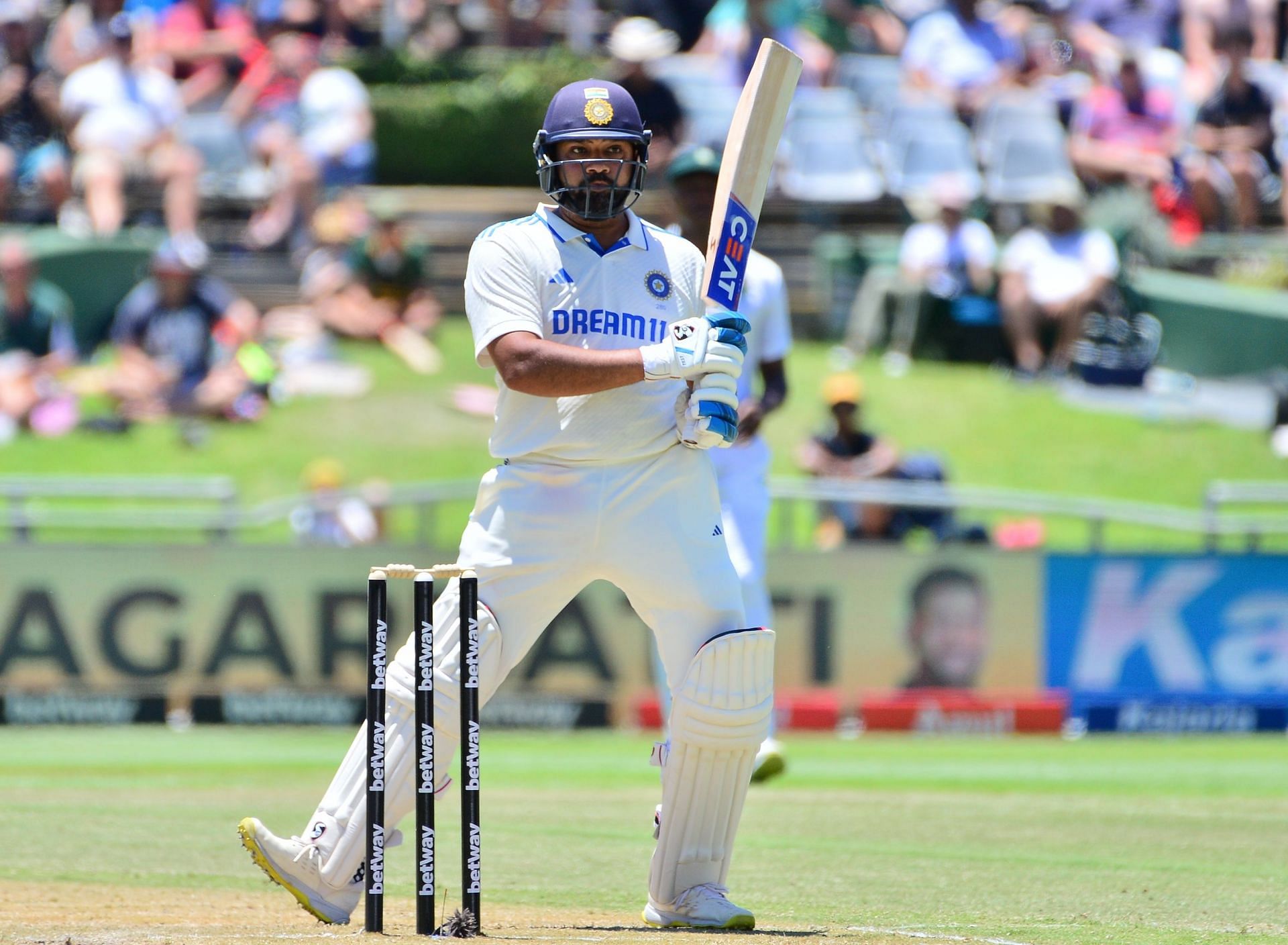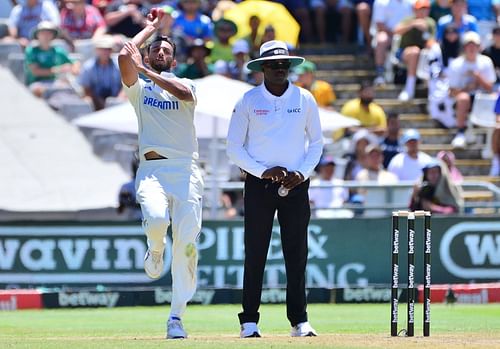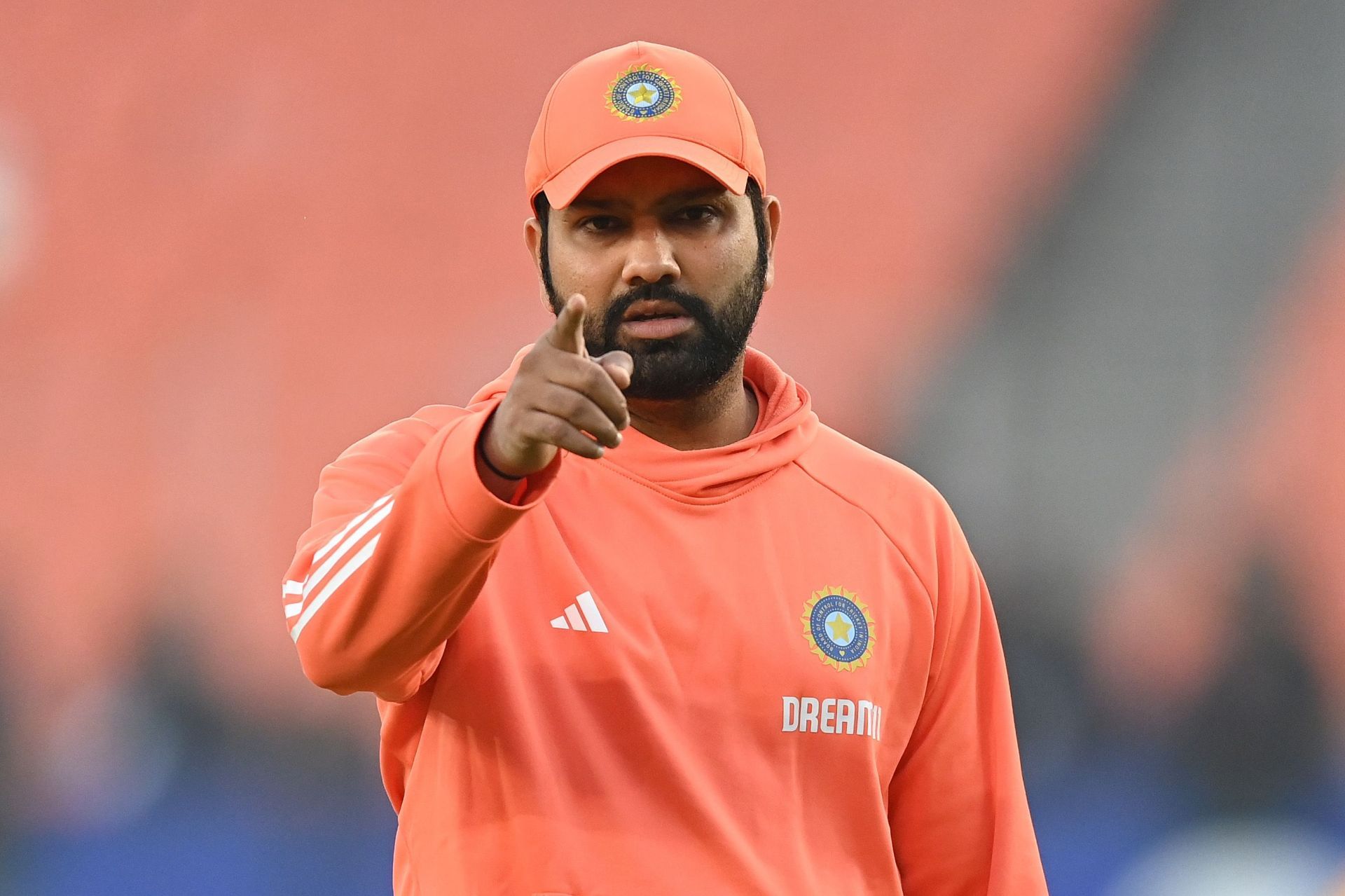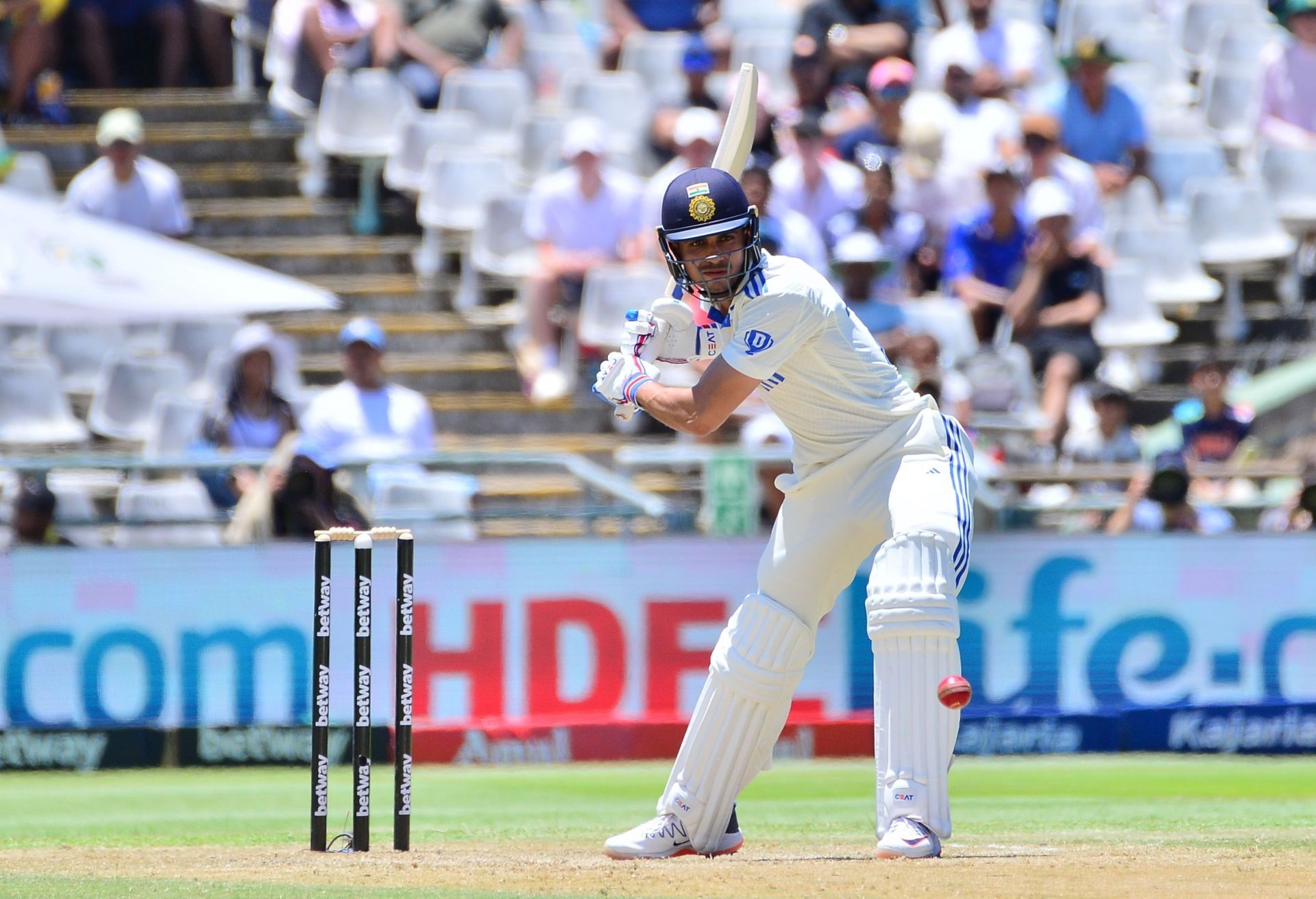
3 major concerns that remain for India despite their win in the 2nd Test vs South Africa
Team India pulled off a victory for the ages at Newlands in Cape Town as they beat South Africa by seven wickets in the shortest completed Test in history in terms of number of balls bowled.
Mohammed Siraj was the Player of the Match for his seven-wicket match haul, while Jasprit Bumrah came up with a sizzling bowling display as well. Virat Kohli, meanwhile, was a class apart with the bat.
At the same time, however, plenty of players weren't at their best over the course of the two Tests. India lost some ground in the World Test Championship race, and it's arguable that there are more questions than answers in the aftermath of the tour.
Here are three major concerns that remain for India despite their win in the second Test against South Africa.
#3 India have a tough fast-bowling transition on the cards

Without Mohammed Shami, India's fast bowlers were always going to be under the pump in South Africa. Along expected lines, Jasprit Bumrah had to shoulder the bulk of the bowling responsibility.
Mohammed Siraj did come up with a match-winning six-fer in the second Test, but the others did not deliver. Shardul Thakur and Prasidh Krishna were expensive and unimpressive, while Mukesh Kumar picked up four wickets but leaked runs in the second innings in Cape Town. Even Siraj wasn't at his best in Centurion.
Prasidh might not be ready for Test cricket yet, and Avesh Khan is yet to make his debut in the format. Mukesh doesn't have many years left at the top level, meaning that India will need to search long and hard to find adequate replacements for the likes of Umesh Yadav and Ishant Sharma, who are seemingly no longer in the selectors' plans.
India have a tough fast-bowling transition on their hands, and after the way in which Prasidh and Co. bowled in South Africa, plenty of concerns still remain.
#2 Rohit Sharma's captaincy left a lot to be desired despite the drawn series

Rohit Sharma's bowling changes and field placements left a lot to be desired, particularly in the first Test.
Rohit's decision to not start with his strike bowlers after Lunch on Day 2 of the first Test cost the team severely, with Dean Elgar enjoying his time out in the middle as he received freebie after freebie. Ravichandran Ashwin was underbowled, and there were not enough fielders in catching positions at any stage of the innings.
Even in the second Test, the Indian skipper decided not to bring on Siraj, the star of the first innings, at the start of Day 2. Aiden Markram found plenty of boundaries off Mukesh and even Prasidh before Siraj got a sustained spell, with the in-form fast bowler providing the important breakthrough soon after.
The energy that characterized the side under Virat Kohli was missing, particularly in the first Test. And India need to ask themselves whether Rohit, who is 36 years old, is the right man to be at the helm in the longest format.
#1 What is India's ideal batting order in Tests?

Batters in general struggled to come to terms with the conditions in South Africa, but a few of India's stood out for their lack of technique and application.
Shubman Gill and Shreyas Iyer are batters of immense pedigree, but they aren't finished products yet. And despite Gill making a valuable contribution in the first innings in Cape Town, it is clear that the duo's fit in the Test XI is a bit suspect as of now.
Gill looks out of place at No. 3, while there are questions over whether Shreyas has the technique to succeed in seamer-friendly conditions. Having moved on from the likes of Cheteshwar Pujara and Ajinkya Rahane, India need to ascertain where their batters should bat.
The batting department is another one that's going through a period of transition, and Gill and Shreyas' performances in the Rainbow Nation weren't too encouraging. Going forward, this is an area India need to address.